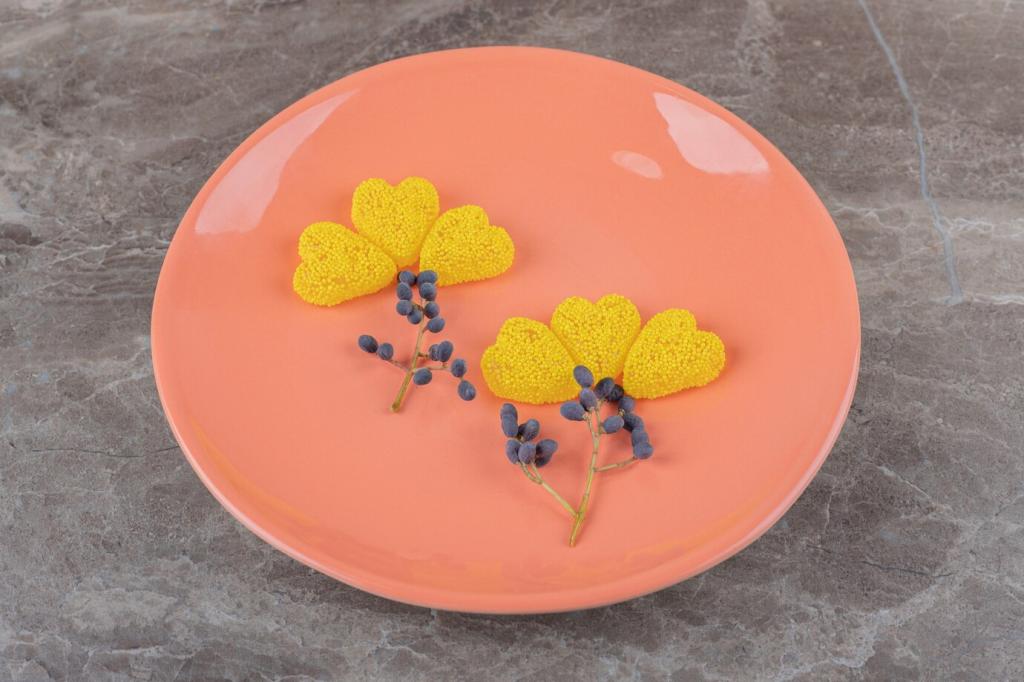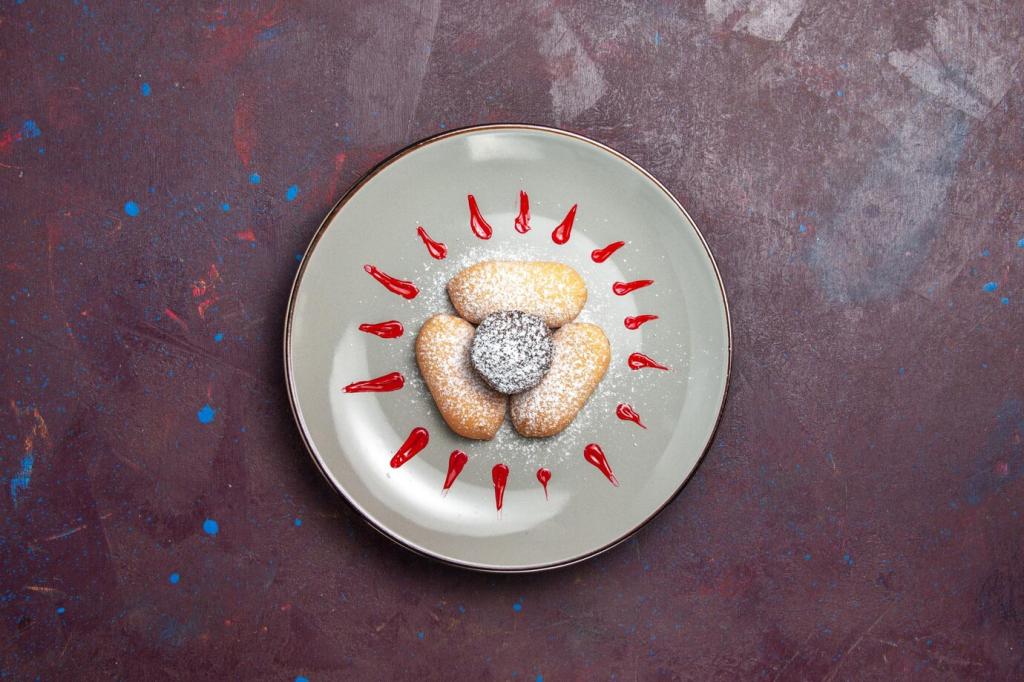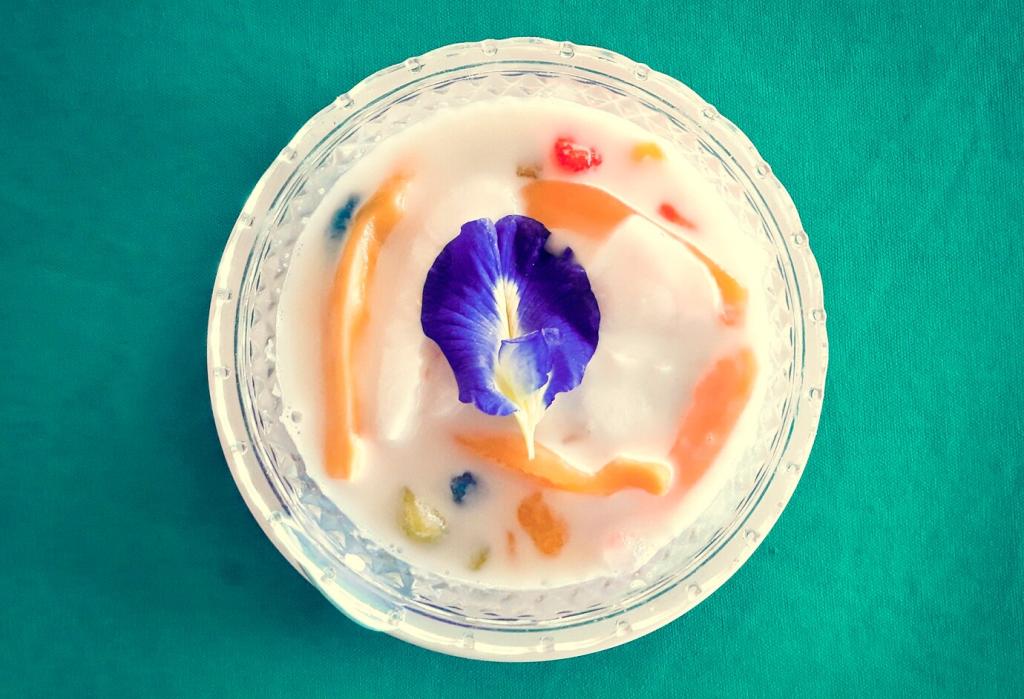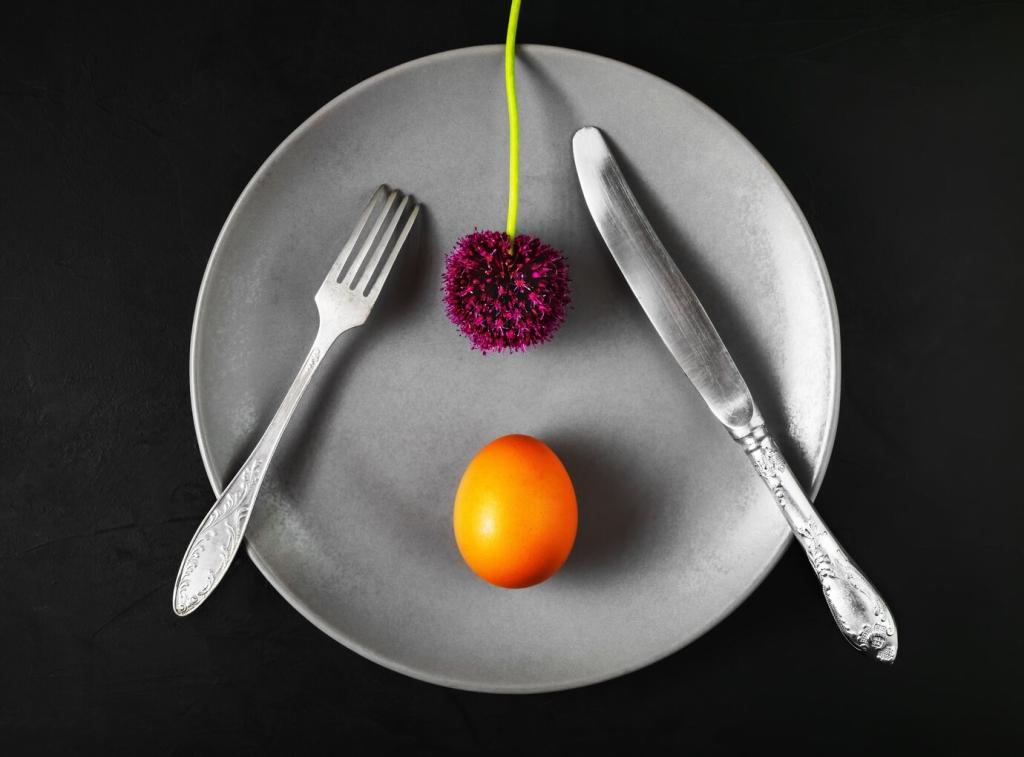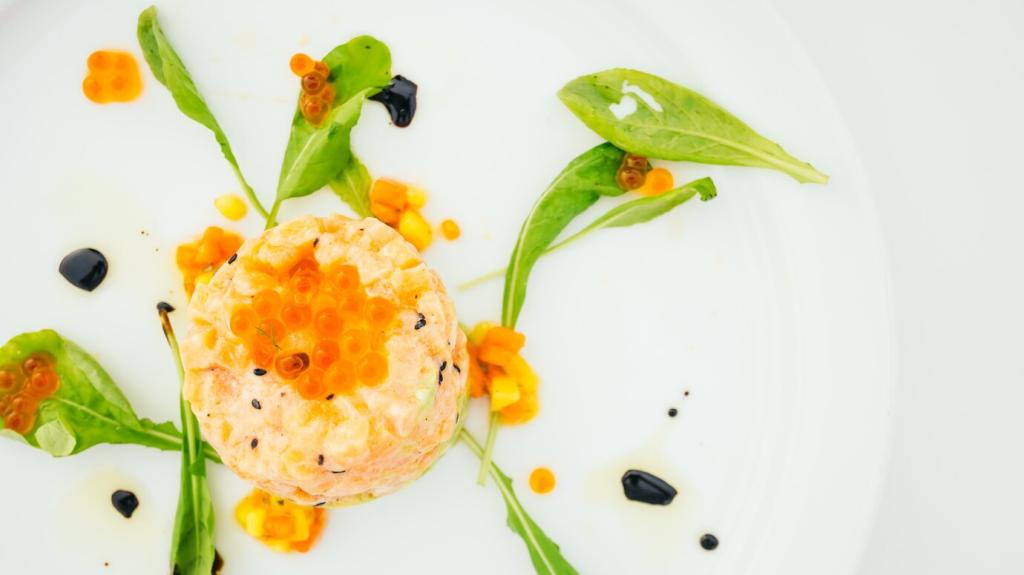Nature as a Palette: Herbs, Flowers, and Greens
Radish microgreens add gentle heat; pea shoots bring sweetness and spring. Choose varieties that echo the dish’s core flavors. Store in breathable containers with damp towels to preserve snap. Tell us which microgreen changed your plating game and why your guests noticed.
Nature as a Palette: Herbs, Flowers, and Greens
Nasturtiums pack peppery brightness, viola petals deliver subtle elegance, and borage flowers hint at cucumber. Rinse lightly, spin dry, and trim stems. Place with tweezers, not fingers. A guest once photographed a single blossom for a full minute—proof that tiny details create lasting memories. What’s your floral favorite?


